In this guide, we cover 18 effective tips to help you boost mobile data speed on your iPhone or cellular iPad if you’re experiencing connection drops, slow loading times, or generally poor download and upload performance.
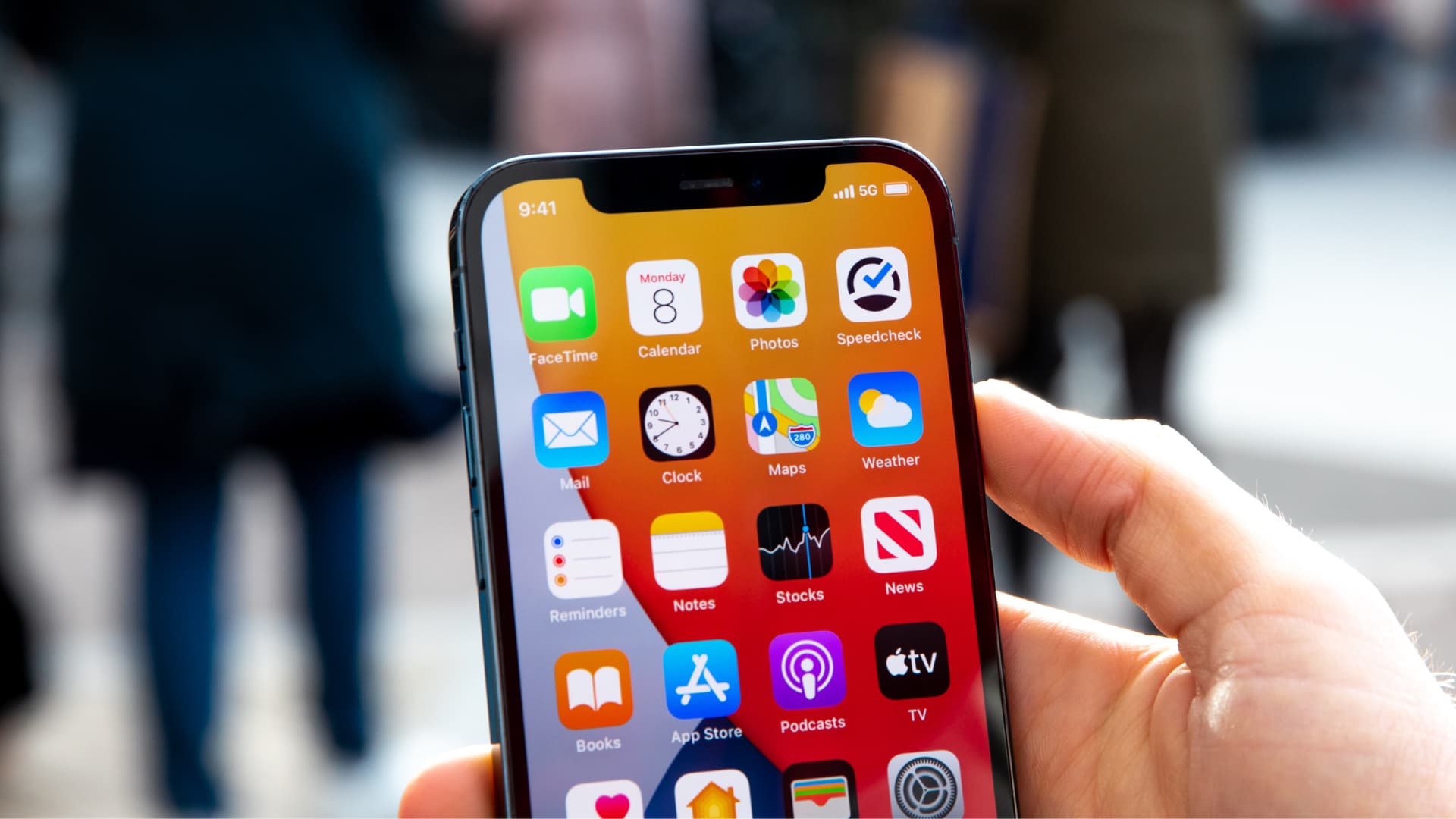
1. Enable and disable Airplane mode
If your cellular data speed is slow, go to Control Center and toggle Airplane mode on and off. It refreshes the cellular connection and usually improves the performance.

Also see: What’s considered good internet speed?
2. Switch to 5G or 4G/LTE
Though 5G (or one of its variations, such as 5G+, 5GUW, 5GUC) isn’t available everywhere, it offers the best possible speeds. So, if you live in an area where your carrier offers 5G coverage, make sure your iPhone 12 or later is set to use it.
For that, go to Settings > Cellular > Cellular Data Options > Voice & Data and select 5G On or 5G Auto.
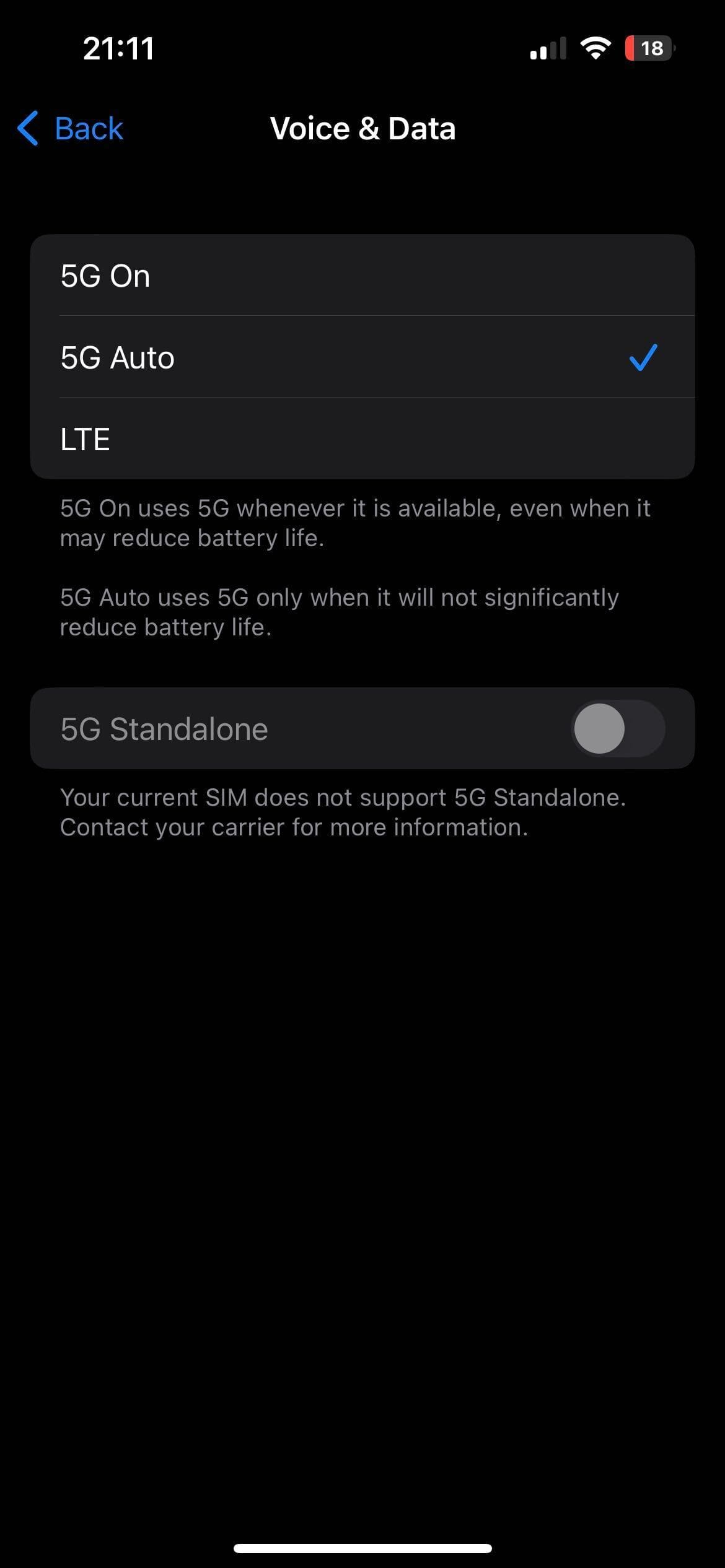
If 5G isn’t available in your area, with your carrier, or you’re using an iPhone 11 or older, follow the same steps as above and set your iPhone to 4G or LTE instead of 3G or 2G/EDGE.
3. Turn off your VPN
Most VPNs, whether free or paid, will reduce your internet speed. When you’re using a VPN, it shows the word “VPN” in your iPhone Control Center or top status bar. If you’re connected to one, open the VPN app and turn it off.
4. Keep your data cap in mind
My chosen data plan offers me 2 GB of high-speed internet per day. Once that quota is met, the speed falls to 128 Kbps, which is basically useless for streaming or downloading.
If you were getting good speed but it suddenly dropped significantly, open your carrier app and check your data usage to ensure you haven’t crossed your plan’s cap. If you have, consider bumping your data allowance to the next tier.
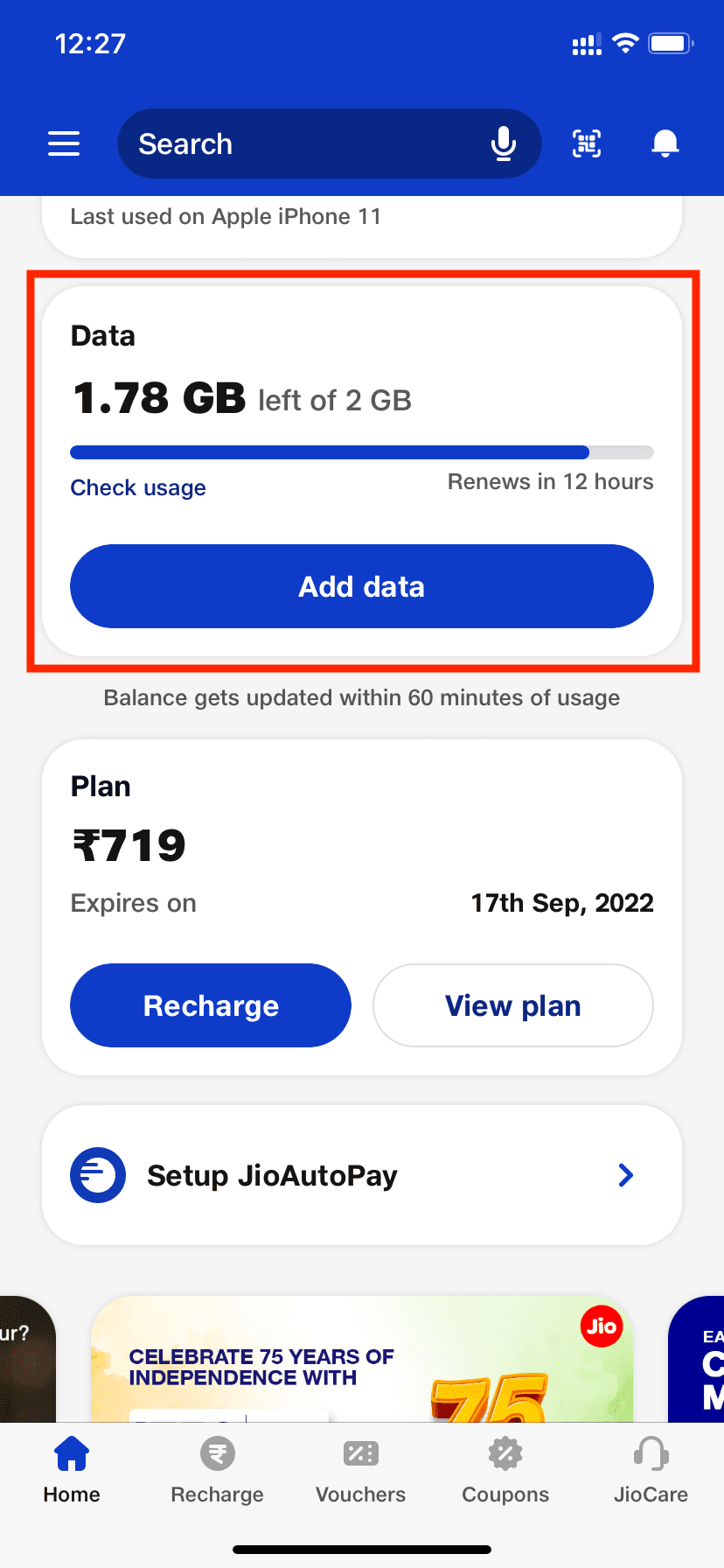
5. Try different areas of your room/house
Cellular signals can be finicky. For instance, I don’t get good cellular service in my bedroom. But if I move near the room’s door, the connection improves significantly.
If you frequently struggle with slow cellular speeds, try moving around your room to find a spot where browsing or downloading is noticeably better. It may not be convenient to always stay in that spot, but if you’re making a payment, booking tickets, or handling any task that needs a strong internet connection, at least you’ll know where to go for the best performance.
Related: How to check your iPhone’s numeric cellular signal strength
6. Quit unnecessary backgrounded apps
Though iOS manages tasks and allocates resources efficiently, your cellular data speeds can take a hit if several apps are open in the background and using your connection to download files, fetch new content, etc.
To address this, enter App Switcher and drag unnecessary app tiles all the way up to close them.
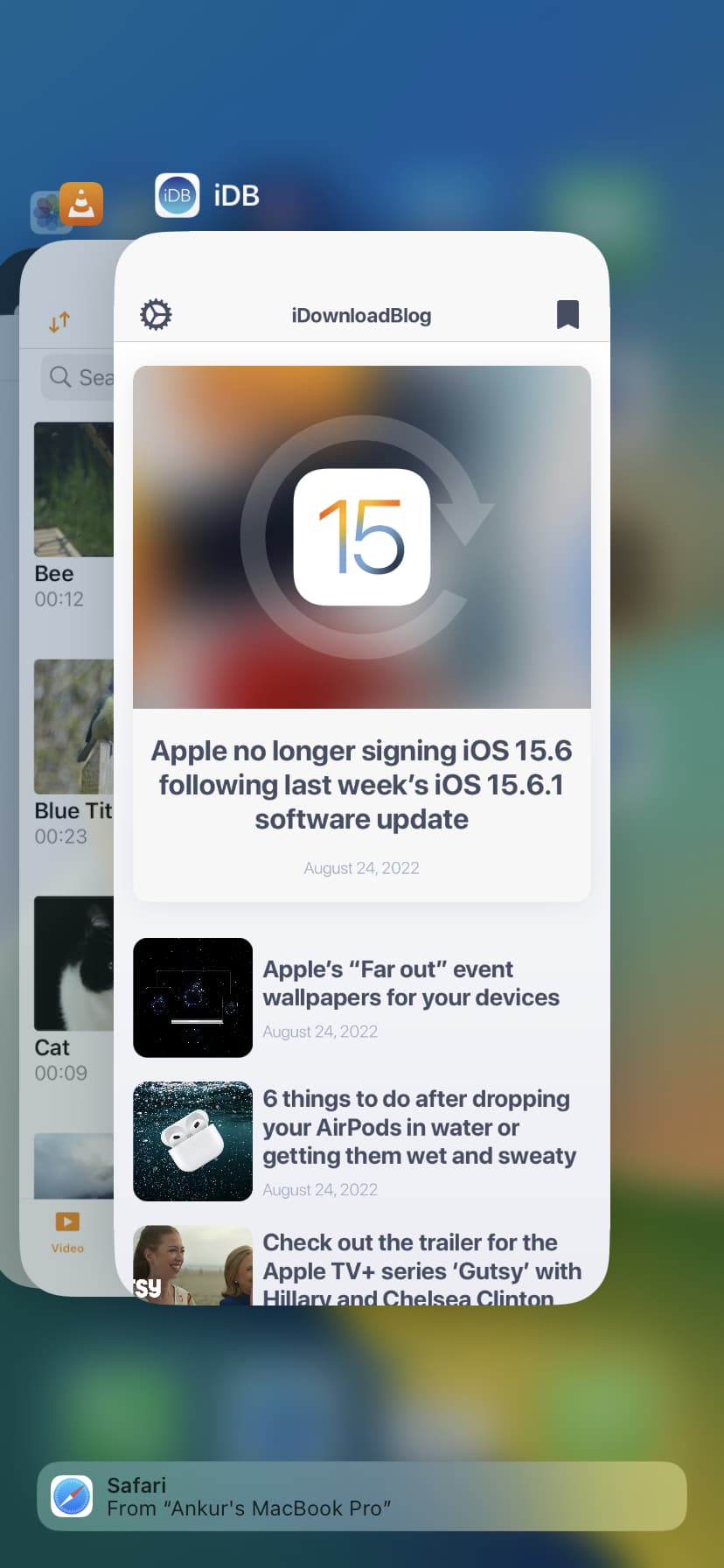
7. Turn off Low Data Mode
Low Data Mode ensures your iPhone is stingy while using mobile data. It’s helpful when you’re on a limited or tight data plan, but it may also result in slower speeds. To turn off Low Data Mode, go to Settings > Cellular > Cellular Data Options > Data Mode and turn off Low Data Mode.
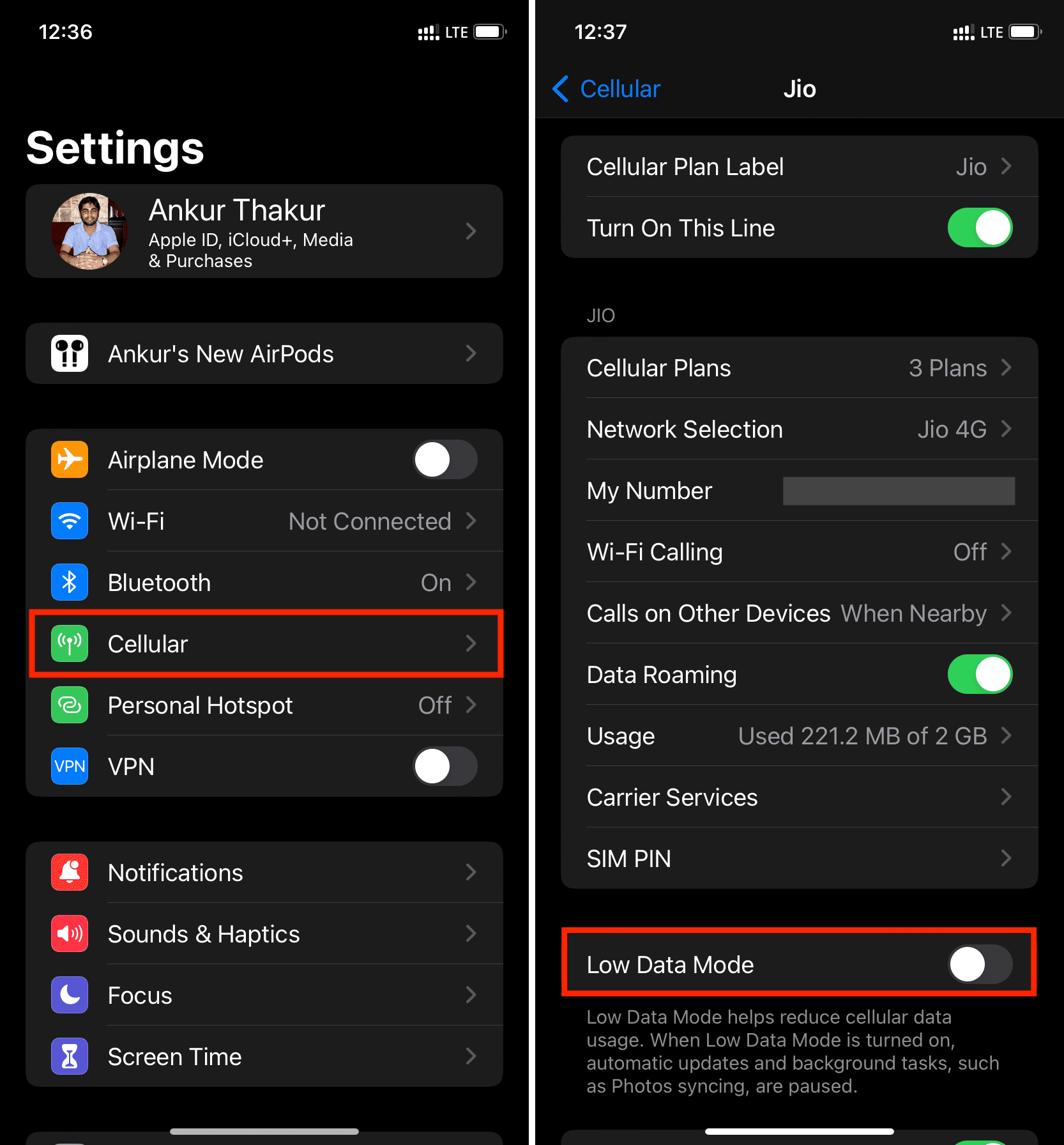
8. Disconnect devices connected to your iPhone hotspot
When other devices like your Mac are connected to your iPhone’s Personal Hotspot, it can obviously slow down your cellular speeds.
The higher the number of connected devices, the poorer the speeds you (and all the connected devices) get. To address this, turn off your mobile Hotspot by going to Settings > Personal Hotspot.
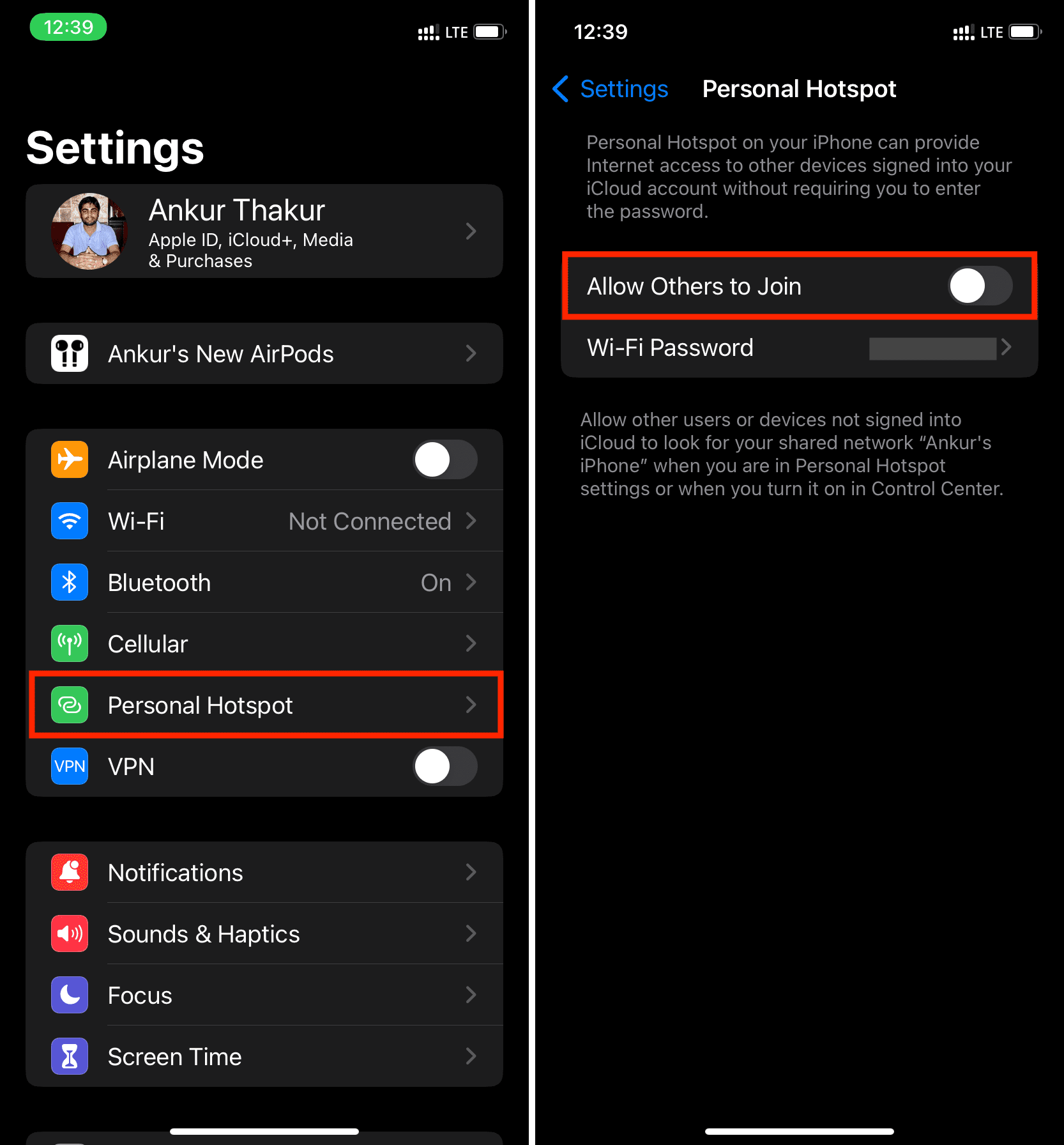
9. Disable automatic downloads and updates
Automatic downloads and updates (that usually happen in the background) will negatively affect your browsing speeds. To fix this, go to Settings > App Store and turn off Automatic Downloads under Cellular Data. Next, go back to the main Settings screen, tap Apps, and turn off automatic downloads for Music, Photos, Books, and Podcasts.
10. Turn off Background App Refresh
Another tip you can use to improve cellular speeds is to turn off Background App Refresh by going to Settings > General > Background App Refresh > Background App Refresh and selecting Off or Wi-Fi.
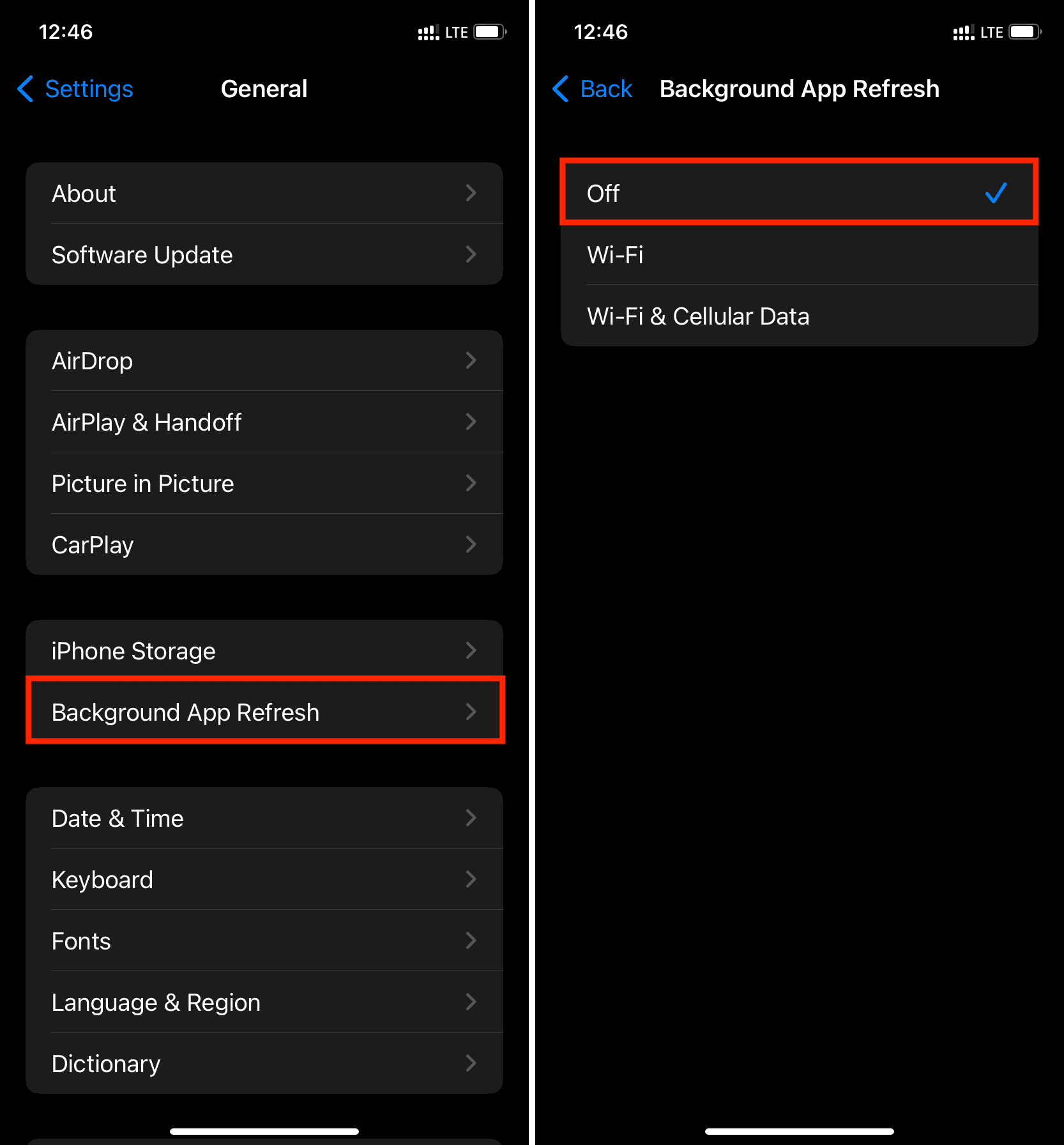
11. Restart your iPhone regularly
Restarting your device is a simple thing that takes care of many potential problems. If you constantly face lower-than-expected cellular speeds, make sure you turn off and turn on your iPhone on a regular basis. In my opinion, restarting once every three days is good practice.
12. Update your iPhone
If your iPhone is running an older version of iOS, go to Settings > General > Software Update and install the most recent available update.
13. Clear browsing data and history
If it’s been a while since you cleared your browsing data, your Safari experience may be less than optimal. To fix this, go to Settings > Apps > Safari and tap Clear History and Website Data.
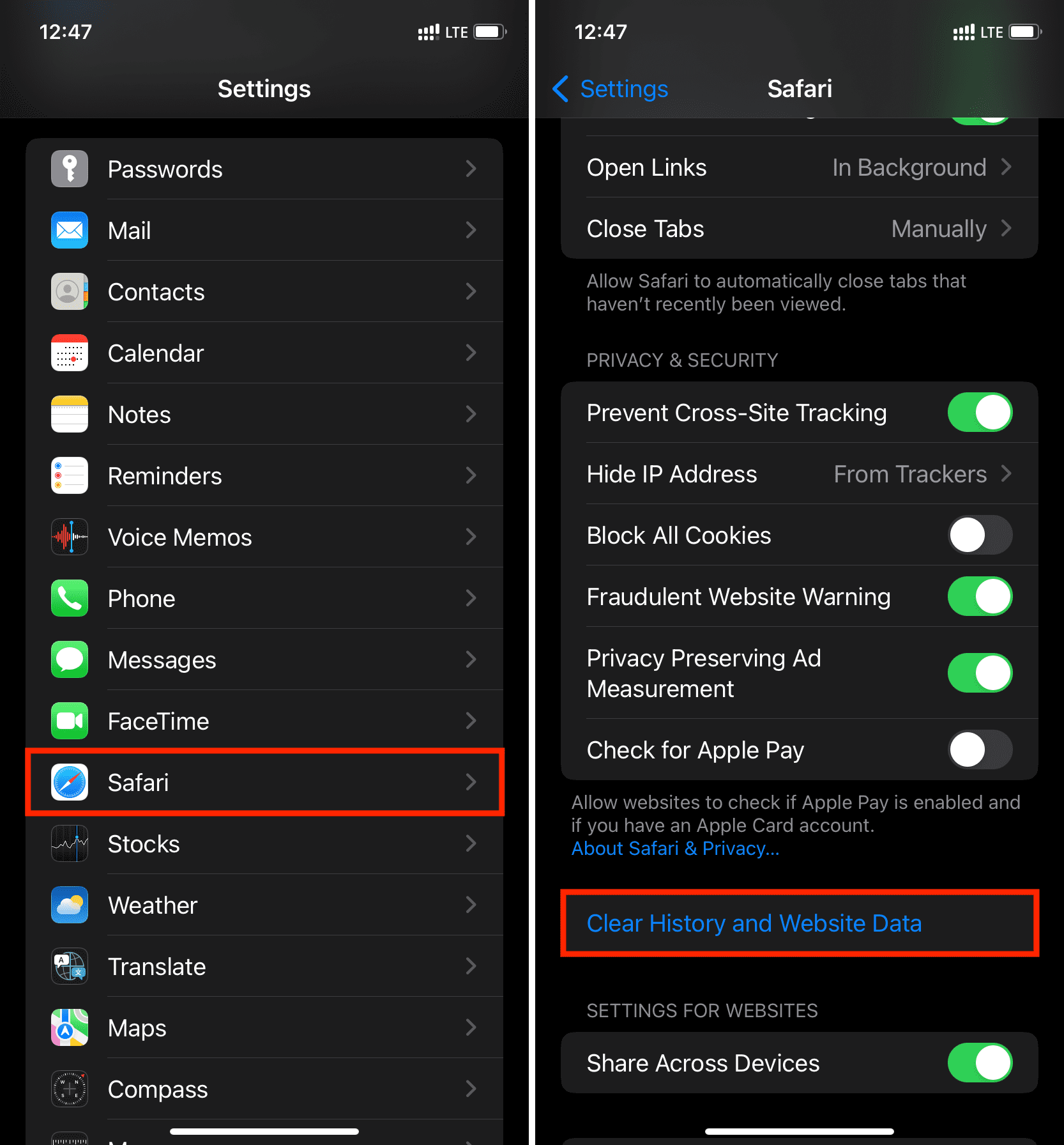
14. Reset Network Settings
If you are still struggling with cellular data speeds on your iPhone, go to the Settings app > General > Transfer or Reset iPhone > Reset > Reset Network Settings. You can learn more about this here.
15. Use paid apps with no ads
Free versions of an application usually have banner or full-screen video ads that constantly load and reload while you’re using that app. These ads consume a meaningful amount of cellular data and reduce speed. To have a faster, feature-rich experience, consider buying the premium version of the app that removes the ads.
16. Block browser ads
Safari is an excellent browser, but if you frequently visit sites with tons of banner ads and embedded video ads, consider using an ad blocker extension or switch to another browser like Brave or Opera.
17. The website may be temporarily down
Some websites always load slowly, even with a fast internet connection, while others may load slowly at a particular time of day. You can’t do much in these situations.
Additionally, in rare cases, a website may be down temporarily, and you might think your cellular data connection is at fault. To check, run a web search for Is [website or app name] down in [your country or city].
18. Change your carrier if the problem continues
Finally, if nothing else helps, you may consider porting your phone number to a different carrier that has better coverage in your area and offers improved speed. Ask your nearby friends which carrier they use and take their feedback into consideration.
On a related note: